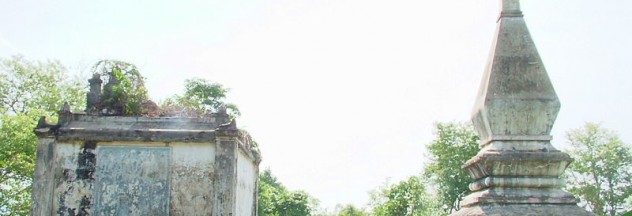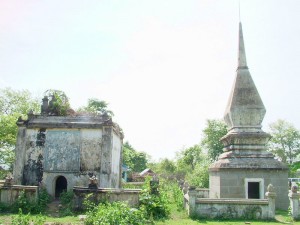While a tourist destination usually equates to beaches, adventure parks and other natural or commercial establishments, there’s a unique site in the Central Highlands of Dak Lak that will attract those who are looking for history, culture and a little bit of mystery. This is the tomb of Gru, the tomb of the mighty elephant hunters.
The one-of-a-kind resting place is located about one kilometre from Ban Don (Don Village), Krong Na Commune, Buon Don District. It has an area of around 10 hectares with several dozens of tombs of the best elephant hunters in the place.
One of the most famous tombs in the complex is that of Y Thu Knul, or more commonly known as Khun Su Nop, meaning King of Elephants. History has it that he wanted 400 elephants. He offered a white elephant to the Siamese king in 1861. In exchange, the ruler gave him expensive gifts and the prestigious title. The locals also hailed him as the “absolute” chieftain of their village. Beside his tomb is that of his nephew’s, Rleo Knul. He also presented a white elephant, but to Emperor Bao Dai, in 1947. The aristocrat returned the favour by building him a pyramid tomb when he died. Another popular tomb is that of Ama Kong, said to be Khun Su Nop’s successor. He hunted just 100 elephants short that of the King of Elephants, thus earning the same title.
All graves in the Elephant Hunters’ Tomb face the West based on tradition or so-called “instruction of the dead.” They have a “singular style” design in pyramids or small stilt four-columned houses. They even have standard amenities such as blankets, bowls and chopsticks. Each tomb is also fixed with statues of animals and specific things which hold particular meanings. A peacock for example signifies nobility, a copper pot means prosperity, while a drum symbolizes fun. A man’s tomb is placed with a letter Y, while that of a woman’s, H. The graves of the King of Elephants are identified with statues of elephants while that of their descendants are decorated with black tusks.

